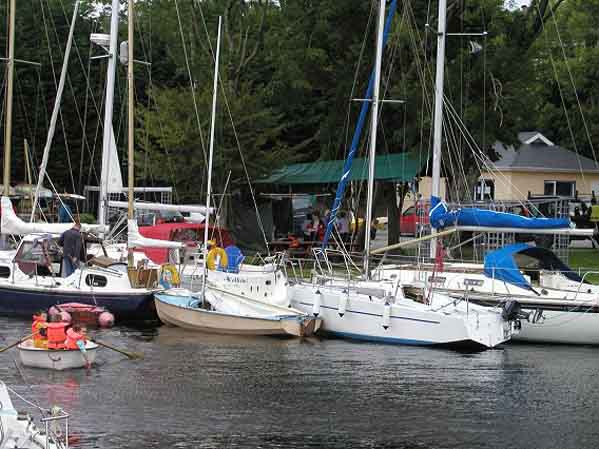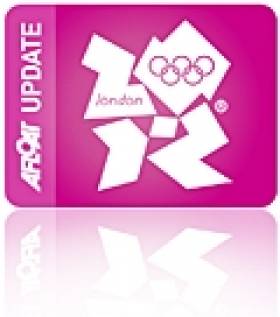Displaying items by tag: ISC
'Podium Athletes' Face Funding Cuts in 2013
#OLYMPICS - Yesterday Ireland's Olympic hopefuls celebrated recognition of their success in the 2012 round of funding.
But cuts to the budget of the Irish Sports Council (ISC) have prompted a "major" review of high performance programmes from 2013 onwards, the Irish Independent reports.
Finbarr Kirwan, director of high performance at the ISC, said: "Changes are coming, things are tight and we will have to make strategic cuts in the next two years."
The result could be fewer grant awards of lesser value for athletes, as Olympic qualification standards are set to get tougher from here on out.
The two tiers below 'podium class' - in which individuals receive awards of €20,000 and €12,000 respectively - are expected to be hardest hit in the review.
As previously reported on Afloat.ie, canoeing's Eoin Rheinisch, swimmer Grainne Murphy and sailors Annalise Murphy, Peter O'Leary and David Burrows each received the top level of funding of €40,000 each, which is on a par with last year's support.
The Irish Independent has more on the story HERE.
Iniscealtra Sailing Club

Above: Harbour View. Photo: Gerard Stundon
Iniscealtra Sailing Club (ISC) is located on the shores of Lough Derg at Mountshannon, Co Clare, Ireland. It takes its name from the nearby monastic island known as Inis Cealtra or Holy Island (English).
The club was founded in the late sixties and is comprised mainly of a sailing cruiser fleet. Initially the small number of boat owners met, socialised and raced from the main harbour in Mountshannon. Most members hailed from the Limerick region.
However with the increase in numbers gathering, plus the increase in boats using the main harbour, the club looked around the immediate area and made a decision to purchase a prime site on the shores of the lake, adjacent to the main harbour, from where they could run the club events. In 1984 the club formed as a company limited and in 1985 land was purchased by the club, adjacent to the public harbour in Mountshannon. The deeds were signed and ISC became the proud owners of the new club site. Plans to develop this land were started and today a fine harbour, club house, parking and recreational areas have been developed and nurtured by the loyal members. The number of members increased and the interest in sailing and racing the sail boats grew progressively.
In the late ‘80s, plans were drawn up for a club house facility which has now been built and comprises of toilet facilities, showers, kitchen and a meeting/general use room. There is on shore water and power with berthing facilities to tie along side. The site is private and maintained by the members and allows for families and sailors to meet and socialise together when using their boats. A small slip allows sailors to access their moorings with the use of the club dinghy. The depth of the water is approximately 6-7 foot providing sufficient depth for most sailing boats.
The club is run by a committee who meet monthly to discuss all the club activities, planned events, racing calendar and other general issues. The committee operates on a voluntary basis and work to provide a well run, family orientated and sporting club for all members. The aim is to provide facilities for both larger and smaller boats and to introduce junior members to dinghy sailing.
(The above information and image courtesy of Iniscealtra Sailing Club)
Iniscealtra Sailing Club, Mountshannon, Co. Clare. Membership information and application forms from Der O'Mahony, 12 Tullyglass Court, Shannon, Co. Clare. Tel: 086 342 8333, email: [email protected]
Have we got your club details? Click here to get involved





























































